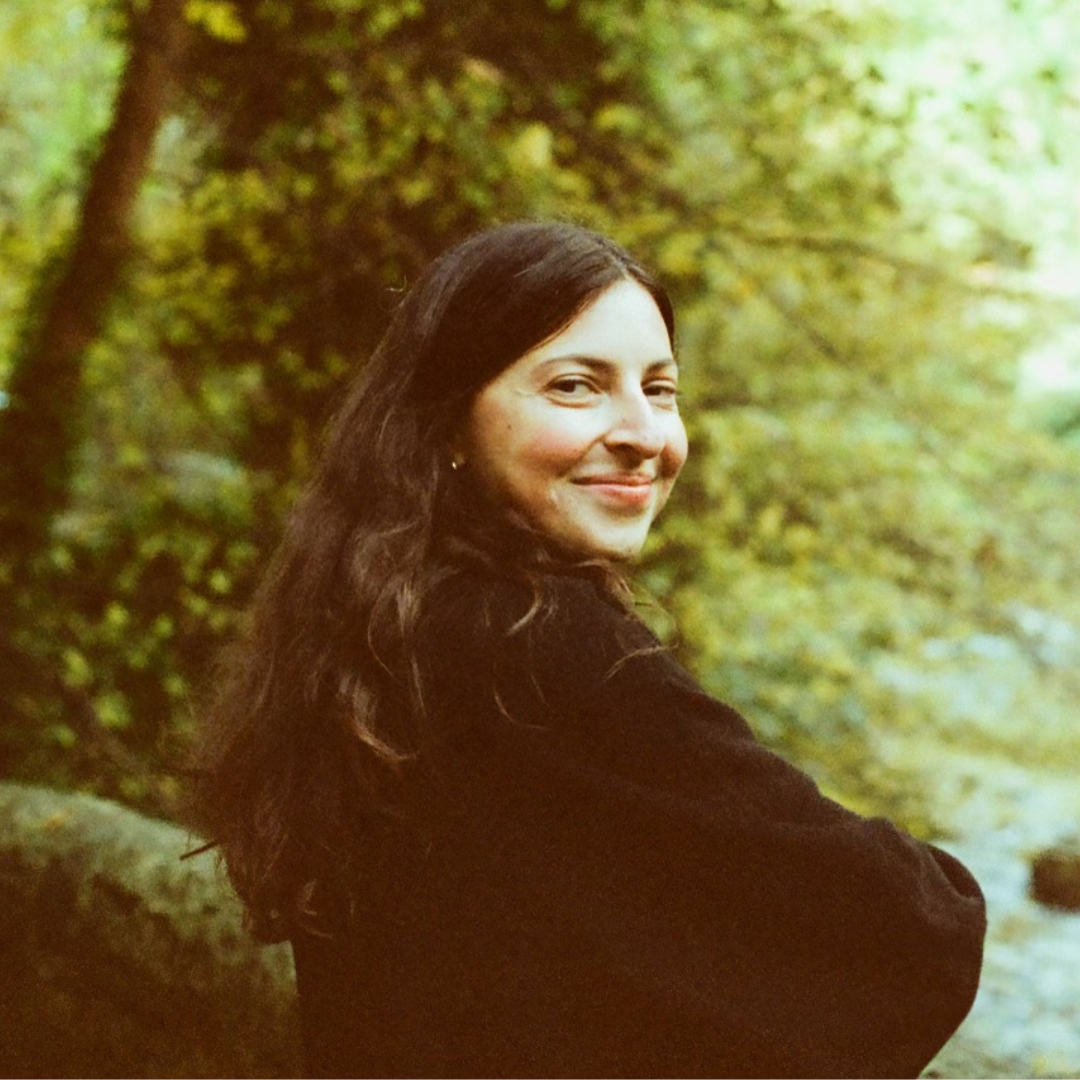I never thought of growing bare-root roses until I learned Martha Stewart's tips – they will look as good in your yard as they do in her garden
Martha grows several varieties of bare-root roses in her garden and has broken down her process into simple, effective steps


When it comes to gardening, we can count on Martha Stewart to always provide us with sound advice and fantastic tips, and this stands true for bare-root roses.
The gardening expert recently shared a glimpse of her bare-root roses on Instagram, and the clip comes with great insight on how to plant and care for these gorgeous flowers.
'Last week, my gardeners potted up another large delivery of bare-root roses – this one from Edmunds' Roses, a Randolph, Wisconsin-based company that offers a range of hybrid and heirloom rose varieties,' Martha states on her blog.
'Once they arrived, the bare-roots were soaked in water and then carefully potted up and placed into my "nursery" where they can be properly maintained until they are planted in their more permanent locations.'
A post shared by Martha Stewart (@marthastewart48)
A photo posted by on

Rosa 'Paint the Town' has gorgeous big flower heads that rebloom for months. Add a bold splash of red to your landscape from late spring through the first frost of fall with a rose that stays compact and tight.

A strong digging spade with a solid forged carbon steel head and socket and weatherproofed hardwood shaft - ideal for digging holes to plant perennials.

This is Martha's preference, and we can see why: this liquid plant food can be used with seedlings, flowers, vegetables, trees, and other plants when planting or transplanting.
Martha explains that she selected her roses based on her land.
'All these rose varieties are selected specifically for my growing area,' she says. 'It’s crucial to soak them for several hours or even overnight, but not more than 12 hours before potting or planting.'
When considering the best time to plant these roses, Martha recommends the colder seasons.
Design expertise in your inbox – from inspiring decorating ideas and beautiful celebrity homes to practical gardening advice and shopping round-ups.
'Bare-root roses are dug up in late fall through early winter and shipped when dormant,' she explains.
'This makes them easier to handle and transport. Healthy bare-root roses should have plump stems and roots with no evidence of mold or damage. The canes should also be thick with good branching.'
Martha makes her own compost in her backyard and uses Miracle-Gro starting solution [available at Amazon] and plant food to ensure healthy growth.
She explains that these flowers can be challenging to differentiate when they come in bundles, so paying close attention is crucial.
'Bare-root cuttings are difficult to identify when there are no leaves or flowers, so my team is careful to keep them separated by cultivar and always properly marked,' she states.
'Depending on the nursery, they may come in bundles of 10, 15, 25, or more. To ensure there is no confusion, Phurba removes the twine and works with one bundle at a time,' she says of her gardener.
Finally, make sure you get a proper sized pot.
'This pot is an appropriate size for this bare-root,' she says. 'It should be two to three times bigger than the root ball and always with drainage holes at the bottom. With these tips, we can enjoy Martha-approved blooms in your rose garden, all summer long.

Hannah is Homes & Gardens’ News Editor, with a focus on celebrity style and entertainment content. She got her start in media as a digital editorial assistant at ELLE Canada, and has since written about lifestyle and culture for publications such as Nylon and i-D.
Her love of film is rivaled only by one with a great soundtrack, and she hopes to someday decorate a Nancy Meyers-worthy kitchen.